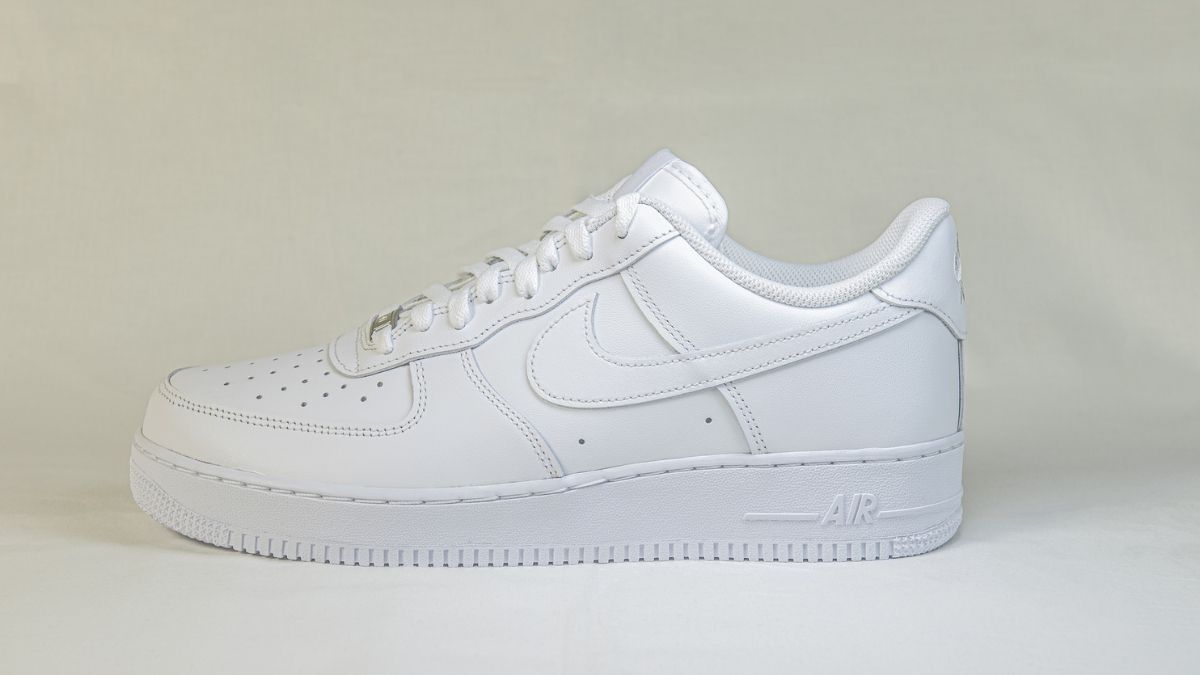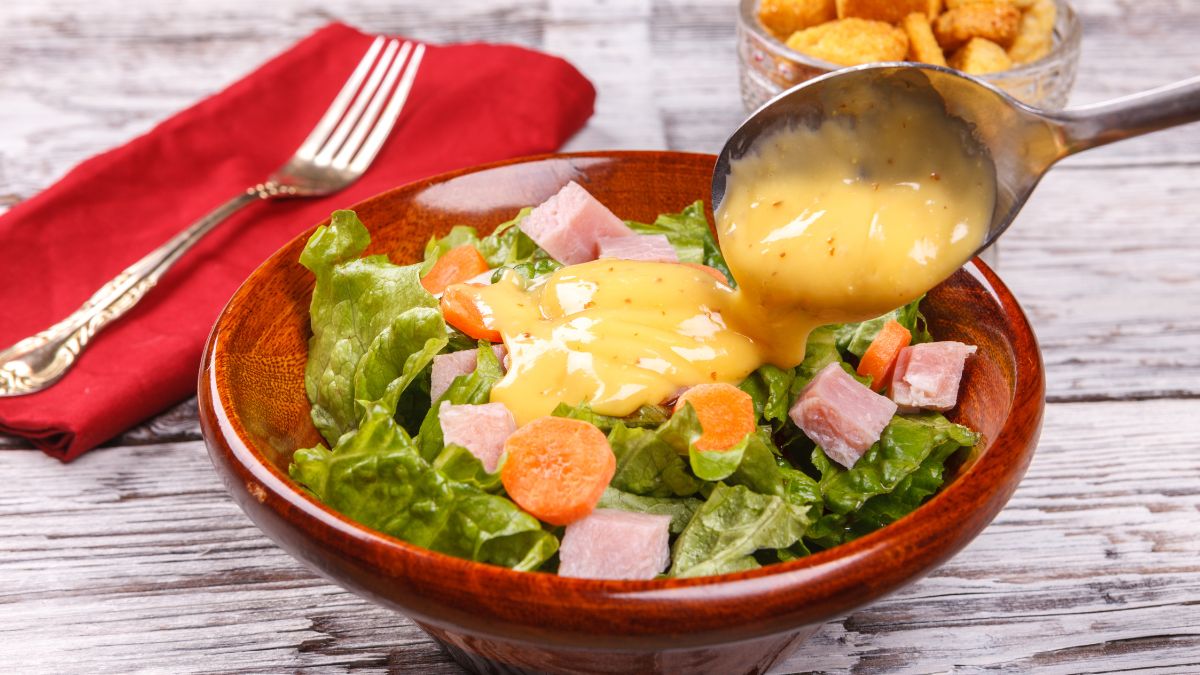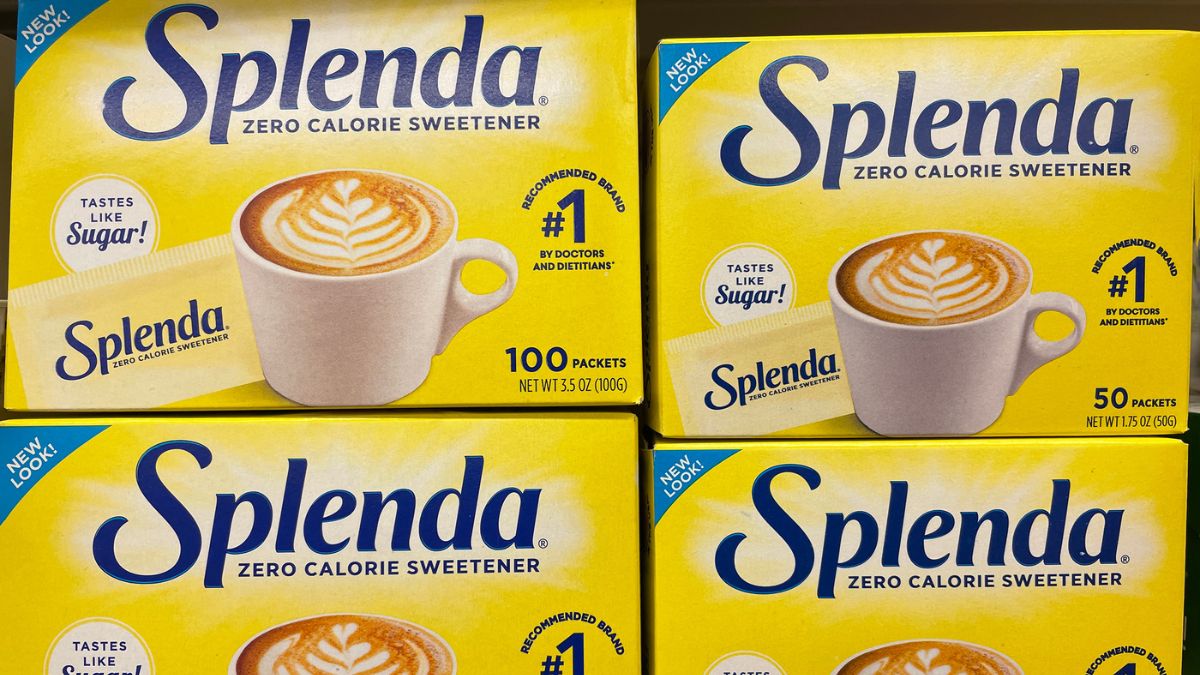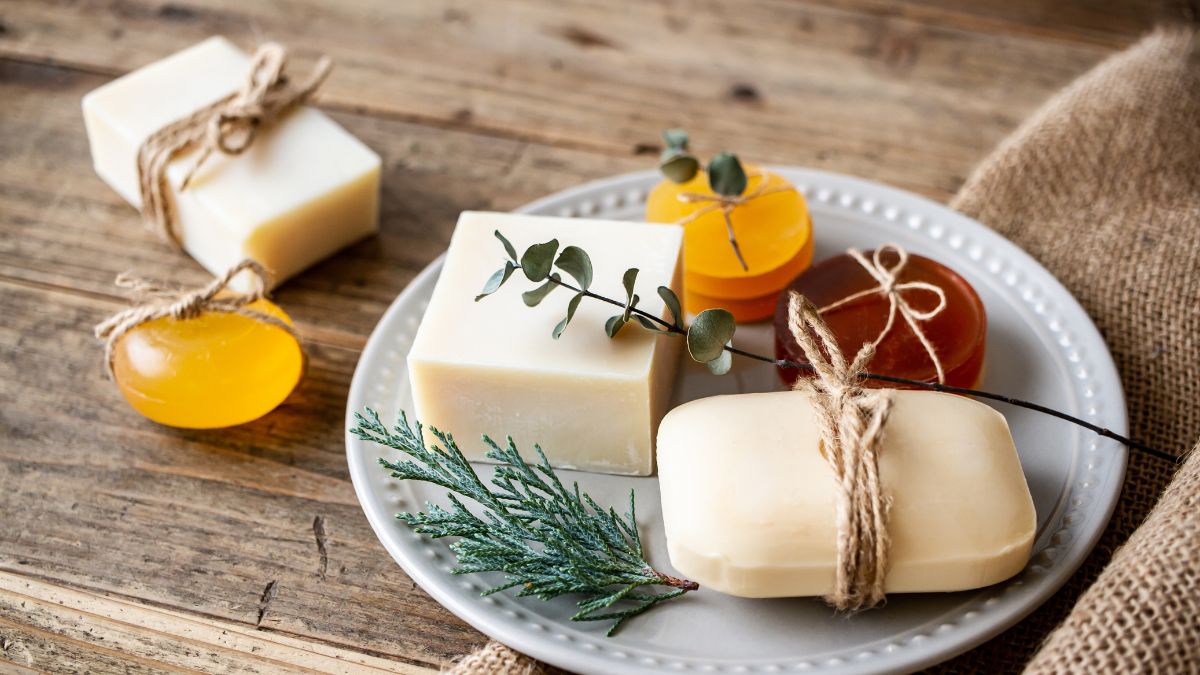Answer: Yes.

When we hear the word vegan, the first thing that comes to mind is their nutritious dieting. However, consuming only plant-based foods is just one facet of being a vegan. Veganism also advocates the non-use of any product, such as food, clothing, shoes, household products, cosmetic products, etc. which include animal products in their production.
One of the major companies that are now gearing towards a more nature-friendly product is Nike. In its recent launch, Nike introduced the Air Force One as part of its Happy Pineapple shoe collection. Yes, you’ve heard that right, Air Force One is using pineapple leather, also referred to as Piñatex, as its material rather than the typical animal leather.
This has been a major development in the shoe industry as we know that Nike is an influential company. This has sparked huge impacts in the industry as many shoe manufacturing brands are now thinking of ways to reduce animal leather in their production.
Curious how they pulled this off? Let’s dive straight into how Nike has been able to produce Air Force One. Plus, we will also be discussing some alternative shoe brands that offer vegan products.
What is Nike Air Force 1?
The Air Force 1 collection may not be a new thing for you, as it becomes a Nike best-seller year after year. The said collection alludes to a simple yet classy design making it popular for casual and everyday use. It appeals to anyone who just wants to have comfy shoes for a normal walk in the park or something to make them classy for a movie date.
The product sustainability in the market may also be due to Nike’s efforts to collaborate with other established brands, such as Travis Scott, UNDFTD, a Ma Maniere, and recently the Piñatex. The shoe collection is seen to flourish for the next years to come as more innovations are being developed in Nike.
The New Piñatex Air Force 1
One of the recent developments made by Nike is its shift towards Piñatex, pineapple leather, in manufacturing an Air Force 1 shoe. The Piñatex was used to craft the iconic Nike logo, while the rest of the shoe is made with materials based on the cork. You can also notice a pineapple patch on the tongue of the shoe, as an inspiration for the Piñatex.
The shoe has a summer vibe look and is available in different colors such as “Green Glow” and “Coconut Milk”.
What Are Pineapple Vegan Leathers?
Nike stepped up their game by joining the vegan trend. Air Force 1 incorporated Anama’s Anam’s Piñatex for its featured leather uppers. Pinatex was developed in 2016 by a Spanish designer, Carmen Hidosa. It is a more environmentally friendly alternative since it is made out of pineapple leaf waste.
Piñatex is a waterproof, long-lasting substitute for animal-based leather. It is eco-friendly and manufactured from the waste of pineapple harvest leaves, where long fibers are collected, cleansed, and sun-dried. To make the final product, this material is colored using pigments and then coated.
Inspired by the abundance of natural resources like plant fibers traditionally used in woven garments such as the intricate Barong Tagalog, innovators have developed pineapple-based leather alternatives. This breakthrough creates a sustainable, non-woven fabric that can be produced commercially while minimizing environmental impact throughout its life cycle. In 2025, this eco-friendly material is gaining attention in the footwear industry, offering a promising option for stylish, cruelty-free products like vegan Nike Air Force 1 sneakers that combine fashion with responsibility.
Through this innovative process, the company has conserved around 264 CO2 eq tons from being emitted into the atmosphere by using the pineapple leaves leftovers. This is comparable to the carbon generated from charging approximately 33 million cellphones.
What Are The Benefits Of Using Pineapple Leather?
Piñatex is a cutting-edge fabric that was created as a sustainable solution to the mass production of leather and hazardous synthetic fabrics, providing a better option for a brighter future.
They aim to face the challenges of our day by creating creative goods that combine financial success with social, environmental, and animal welfare.
Social Benefits
Ananas Anam works directly with farming communities to provide an additional source of revenue for pineapple farmers in remote areas.
Piñatex is manufactured from pineapple plant leaves, most of which are wasted or burned as a waste of the fruit business. Providing value to these leftovers has given farming communities that rely on a seasonal crops a new source of income. After the fiber has been removed from the leaf, the remaining biomass can also be used as natural fertilizer or biofuel, providing still another environmental benefit.
Presently, they are working with farming cooperatives in the Philippines, and are planning to collaborate more with additional pineapple-producing countries, bolstering their economies and exports as they grow.
Environmental Benefits
Tanning is a complex process of shoe production that requires around 20 stages with 250 chemicals, which include heavy metals and toxins such as zinc, aldehyde, hexavalent chromium, cyanide, and lead, that are seriously destructive to both people and the environment.
Artificial alternatives such as polyvinyl chloride (PVC) are not the solution as they’re both environmentally hazardous to produce and to try to get rid of.
Piñatex has successfully addressed this issue by producing a sustainably harvested textile out of pineapple leaves leftovers with low water consumption and industrial waste, and no toxic chemicals or animal products.
Animal Welfare Benefits
The fact that Piñatex can substitute animal leather is its biggest strength. From the CAFOs or Concentrated Animal Feeding Operations where cows are raised to the synthetically intensified processes used to make preparations hides, the leather industry is extremely harmful to the environment. Many heavy metals are used, posing a threat to workers and people living downstream of rivers where wastewater is discarded.
Piñatex is free from any animal by-products and has been certified by PETA and the Vegan Society.
Other Shoe Brands That Went Vegan
Aside from Nike, a lot of popular shoe brands started to follow the vegan trend. To broaden your shoe choices, here is a list of other vegan shoe brands you can choose from.
Stella McCartney
We can’t ignore Stella McCartney!
There’s no doubt that as a forward-thinking, inventive business, they’re bringing the socially responsible industry forward in order to create awareness. Stella McCartney is a vegetarian, and thus the firm has never produced leather or used fur from animals.
McCartney’s recycled polyester has a 24x lower impact on the environment compared to Brazilian leather.
Matt & Nat
According to their website, the name Matt & Nat is derived from the words “mat(t)erial” and “nature”.
Matt & Nat is a sustainable business based in Montreal that offers a variety of luxury vegan shoe selections for both women and men.
They also sell accessories and clothing, and you could possibly buy your entire outfit from Matt & Nat which sounds appealing.
A variety of fascinating materials, such as recycled cardboard, nylons, cork, and plastic bottles, power their vegan collection of shoes and clothing. Matt and Nat’s collections have recently included reprocessed bicycle tires.
Vans
Vans is one of the crowd’s favorite shoe brands. Not just because of their skater stylish shoes, but they are also extremely comfortable, durable, and sleek. And to top all that, many of their products are also completely vegan.
On their website, you could even search for “vegan.” If the product is vegan, you’ll see in the description section the materials used in the production including the adhesives are free of any animal products and thus are hundred percent guaranteed vegan.
Reebok
One of the world’s largest shoe brands, Reebok, now has a vegan product line. PETA encouraged the company to change the Cotton and Corn product line so that it becomes 100 percent vegan. It’s a small but remarkable step into a more vegan future.
What Should I Do With My Non-Vegan Shoes?
This can be a difficult decision for new vegans since once you’ve become aware of the suffering involved in making leather shoes, it’s painful to wear them. But still, the deed is done; you’ve already purchased the shoes, and you’ve worn them and used them.
There really is no “one correct way” to handle previously bought non-vegan shoes—but there is, in our viewpoint, a wrong way.
What NOT to do: dispose of them. Getting rid of non-vegan shoes is a waste of resources, animal life, and still functioning good shoes.
Alternatively, try one of the following options:
- Wear your old shoes until they have been completely worn out. Then make a commitment to only buying vegan shoes in the future.
- Consider donating or selling them to a homeless shelter or a thrift store, where they could save someone from purchasing new leather shoes.
- Give them to a friend or someone you know who will appreciate them and save them from buying non-vegan shoes.
Final Thoughts: Nike Joining the Vegan Trend
There you have it! Nike is now a vegan ally as it introduced the Happy Pineapple Collection, an entirely vegan line. One of its shoe styles is the Nike AirForce 1. They have stepped up their game by replacing the traditional non-vegan leather uppers with animal-free leather, as well as the remaining part of the shoe is made of sustainably harvested cork.
Not only Nike, but many of the biggest shoe brands have begun to launch vegan lines, giving us a variety of options. You don’t need to choose between wearing your favorite branded shoes and adhering to your vegan principles anymore, because you do both now.




